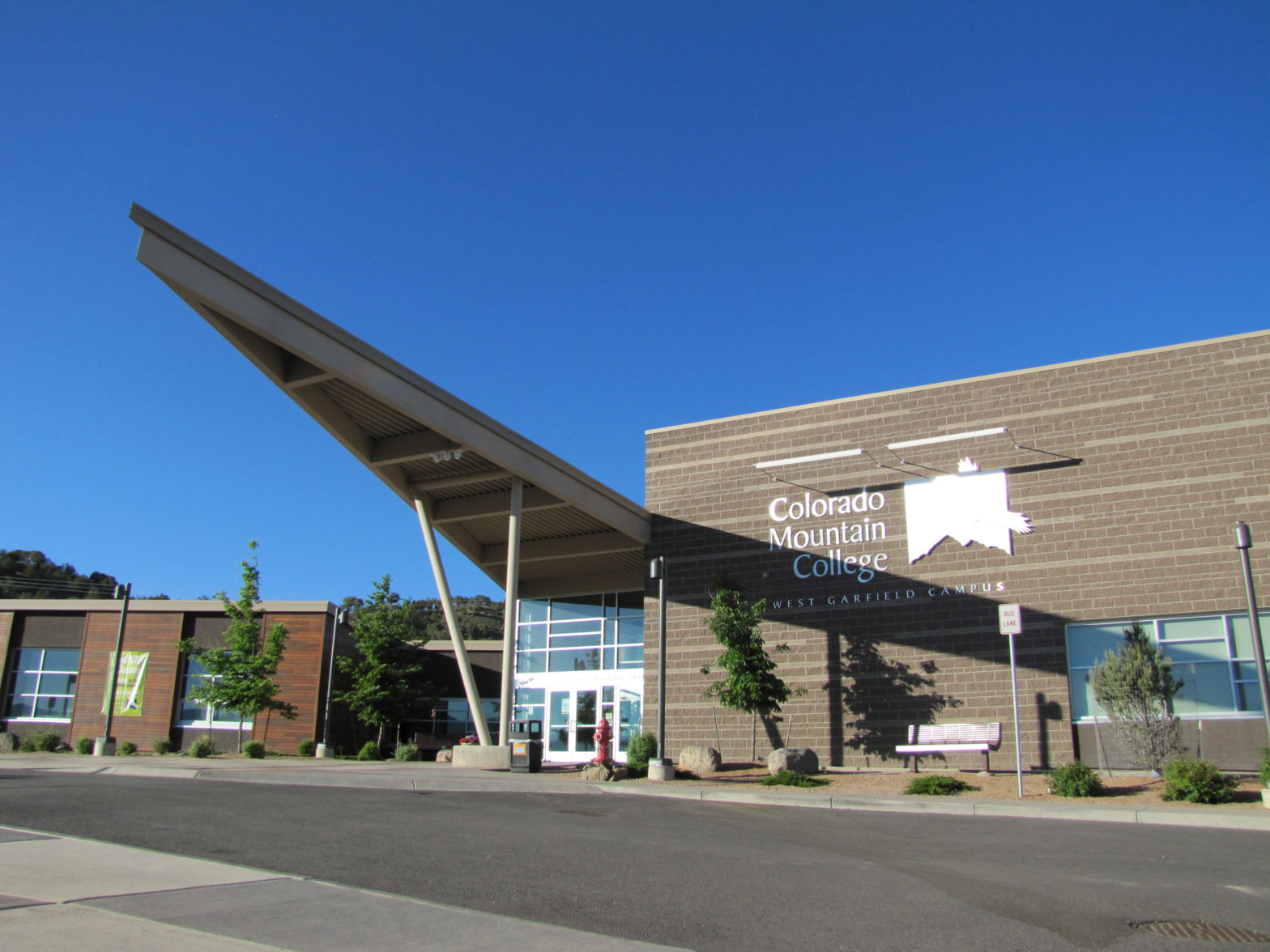
This story ran in full in the Sept. 23, 2016 Clean Energy Economy News, published by Clean Energy Economy for the Region based in Carbondale.
Joe Gugelman, facility manager for the Colorado Mountain College Rifle campus, hosted this year’s Facility Managers Roundtable on Sept. 14, where he discussed CMC’s energy efficiency strategies.
The annual roundtable, a chance for government and private sector facility managers to learn about energy efficiency from their peers, is organized by Garfield Clean Energy and CLEER. This year’s roundtable drew facility managers from Aspen, Snowmass, Eagle and Rifle. They gathered at the CMC Rifle campus for a tour and discussion.
Gugelman described his experiences running the Rifle campus. CMC has a collegewide goal of being 100 percent carbon neutral by 2050. With that policy, Gugelman and his colleagues at other CMC campuses are taking on more complex projects to maximize energy efficiency and develop renewable energy resources.
For example, the 34,000-square-foot Rifle building is cooled by a 110-ton chiller, which has to be turned on even if just one room needs cooling. With help from the consulting firm Edge Power, CMC is installing a 10-ton staged chiller, which can better match supply and demand when the facility is not fully occupied. This configuration results in drawing far less power and will result in lower utility costs to operate the facility.
On a smaller scale, Gugelman invented a timer system to limit coffee makers to running from 6 a.m. to 6 p.m., and he is working on limited operation of electric hot water heaters and the school’s pottery kiln to off-peak times of the day. These measures and others reduce the building’s overall energy use and curb its peak demand, which work together to reduce electric bills.
